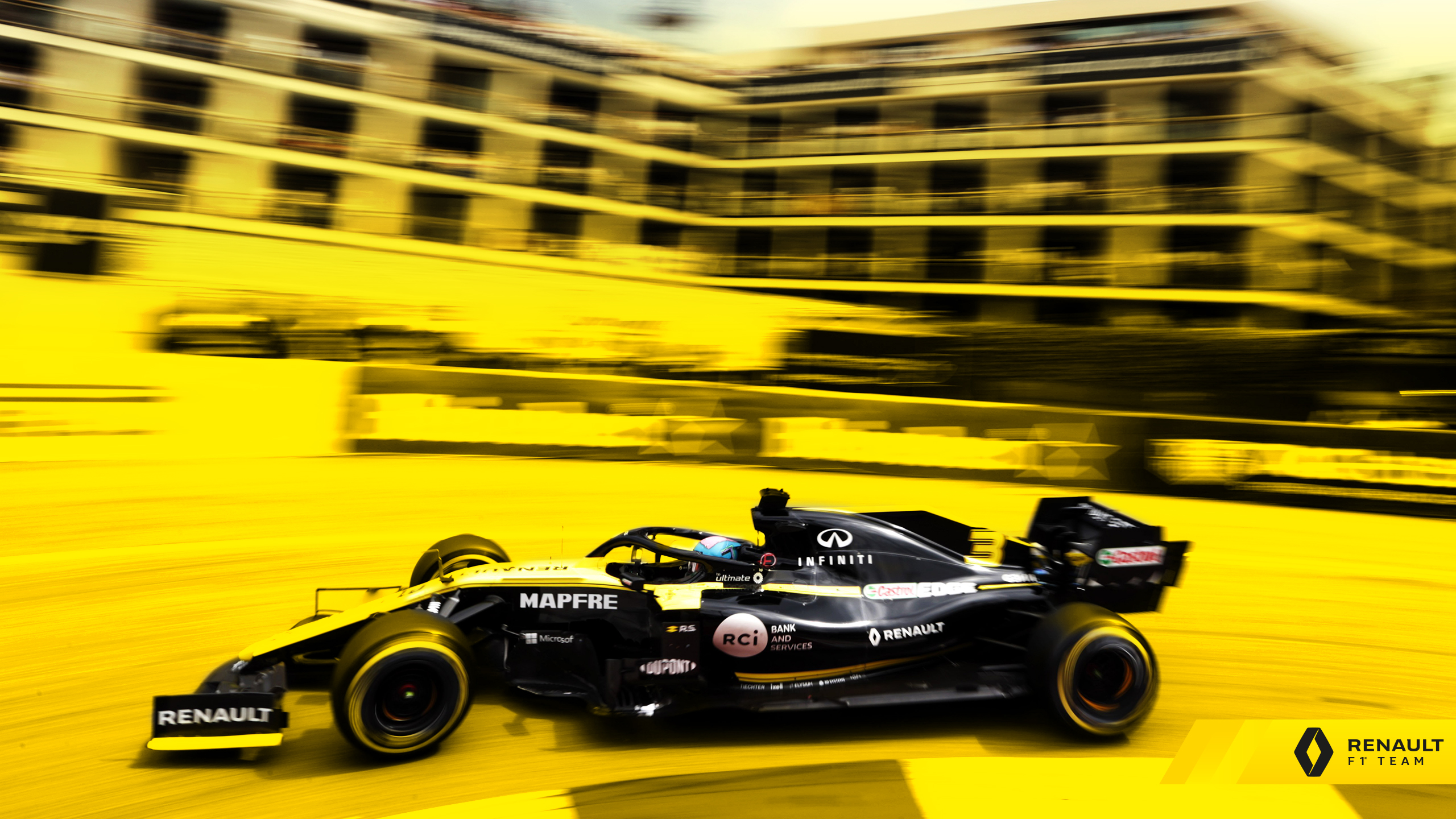La saga Renault
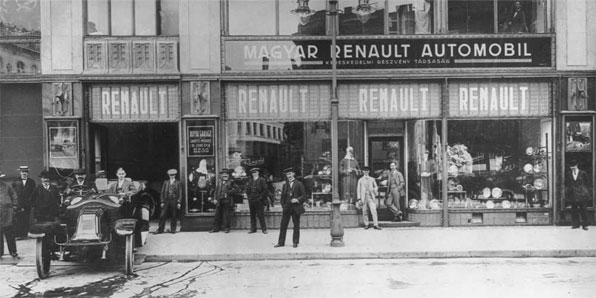
Read about the story of the Renault brand on www.renault.com
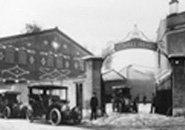 |
1898-1918Louis Renault and his brothers founded their company in 1898. They quickly made a name for themselves in motor racing notching up a string of wins with their voiturettes. The Renault factories adopted mass production techniques in 1905 and Taylorism in 1913. During the first world war, the company turned out trucks, stretchers, ambulances, shells and even the famous FT17 tanks that made a decisive contribution to the final victory. |
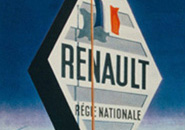 |
1919-1945Renault modernized its premises, starting up the first production line at Billancourt in 1929. The firm tried to keep the lid on costs in order to weather the economic crisis. But social conditions deteriorated. Louis considered the second world war and conflict with Germany as a mistake, and he gave in to the demands of the German forces. As a result, Renault was nationalized in 1945, becoming the Régie Nationale des Usines Renault (RNUR). |
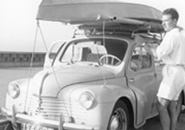 |
1945-1975Renault, now a national corporation, modernized its plants, as well as building and buying new production sites. An attempt to conquer the US market failed but Renault nevertheless continued its international expansion. Success came with the 4CV, the first “small car for everybody”, followed by the Renault 4 and Renault 5….The company then launched an upmarket model, the Renault 16, the first “voiture à vivre” (literally “car for living”). At the same time, the firm continued to achieve impressive results in rally racing. |
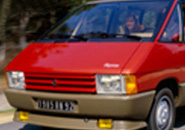 |
1975-1992The company continued to grow up to the early 1980’s. The renewal of the range gathered pace with the launch of two upmarket models: Renault 25 and Espace. The brand made its mark in motorsports and entered Formula 1. But the company was losing money heavily. By initiating a drastic cost-cutting policy and refocusing on its core skills, Renault was back in the black in 1987. |
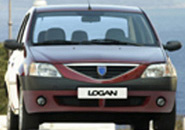 |
1992-2005Renault considered a merger with Volvo, but the project was dropped in 1993. The privatisation of the company in July 1996 marked a milestone in its history. Taking advantage of its newfound freedom, Renault took a stake in Nissan in 1999. The company continued to innovate and renew its range with vehicles including Mégane and Laguna. Success in Formula 1 raised the Renault brand’s profile. The Renault-Nissan Alliance consolidated its structure and continued to develop new synergies. With the acquisition of Samsung Motors and Dacia, Renault accelerated its international expansion. The launch of Logan was a key part of the strategy to win emerging markets. |
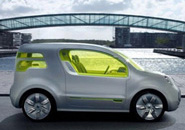 |
Since 2005Carlos Ghosn, already President of Nissan succeeded Louis Schweitzer at the head of Renault. He implemented the Renault Commitment 2009 plan, which aims to position the Group as Europe’s most profitable carmaker. Since then, the Logan has enjoyed unfailing success in emerging markets. In 2008, Renault pursued its product offensive with the launch of New Mégane and rolled out numerous initiatives regarding the electric vehicle, partnering with Better Place and electricity utility EDF and presenting a prototype fuel-cell Scénic and the Z.E. Concept concept car |

Read about the story of the Renault brand on www.renault.com
 |
1898-1918Louis Renault og hans brødre grundlagde deres firma i 1898. De har hurtigt gjort et navn for sig selv i motorsport snuppede en række sejre med deres voiturettes. Renault-fabrikkerne har vedtaget masseproduktion teknikker i 1905 og taylorismen i 1913. Under den første verdenskrig, tilpassede selskabet omstændighederne og producerede lastbiler, bårer, ambulancer, og selv den berømte FT17 tanke, der gjorde et afgørende bidrag til den endelige sejr. |
 |
1919-1945Renault moderniserede sine lokaler, som starter den første produktionslinje på Billancourt i 1929. Firmaet forsøgte at holde omkostningerne nede for at klare den økonomiske krise. Men sociale forhold forværres. Louis betragter den anden verdenskrig og konflikt med Tyskland som en fejl, og han gav efter for kravene fra de tyske styrker. Som følge heraf blev Renault nationaliseret i 1945, bliver den Régie nationale des Usines Renault (RNUR). |
 |
1945-1975Renault, der nu er et nationalt selskab, moderniserede sine fabrikker, og bygger og køber nye produktionssteder. Et forsøg på at erobre det amerikanske marked mislykkedes, men Renault forsatte alligevel sin internationale ekspansion. Succesen kom med 4CV, den første “lille bil for alle”, efterfulgt af Renault 4 og Renault 5 …. Selskabet iværksatte derefter en eksklusiv model, Renault 16, den første “voiture à vivre” (bogstaveligt “bil for at leve “). Samtidig fortsatte virksomheden med at opnå imponerende resultater i rallyløb. |
 |
1975-1992Virksomheden fortsatte med at vokse op til begyndelsen af 1980’erne. Fornyelsen af området tog fart med lanceringen af to eksklusive modeller: Renault 25 og Espace. Mærket satte sit præg i motorsport og trådte ind i Formel 1. Men virksomheden var ved at miste penge hurtigt. Ved at indlede en drastisk omkostningsbesparende politik og igen at fokusere på sine kernekompetencer, kom Renault tilbage 1987. |
 |
1992-2005Renault overvejer en fusion med Volvo, men projektet blev droppet i 1993. Privatiseringen af virksomheden i juli 1996 markerede en milepæl i brandets historie. Ved at udnytte sin nyfundne frihed, overtager Renault en aktiepost i Nissan i 1999. Virksomheden fortsatte med at innovere og forny sit sortiment med køretøjer, herunder Mégane og Laguna. Samtidig succes i Formel 1 rejste Renault mærkets profil. Renault-Nissan alliancen konsoliderede sin struktur og fortsatte med at udvikle nye synergier. Med købet af Samsung Motors og Dacia, accelererer Renault sin internationale ekspansion. Lanceringen af Logan var en vigtig del af strategien, for at vinde nye markeder. |
 |
Siden 2005Carlos Ghosn, som allerede var præsident Nissan efterfulgte Louis Schweitzer i spidsen for Renault. Han gennemførte planen Renault Commitment 2009, som sigter på at positionere koncernen som Europas mest profitable bilproducent. Siden da har Logan aldrig haft svigtende succes på nye markeder. I 2008 forfulgte Renault sit produkt offensiv med lanceringen af nye Mégane og præsenteret talrige initiativer med hensyn til elektriske køretøjer, partnerskab med Better Place og elektricitetsselskab EDF samt præsentere en prototype brændselscelle-Scenic og ZE Koncept konceptbil. |

